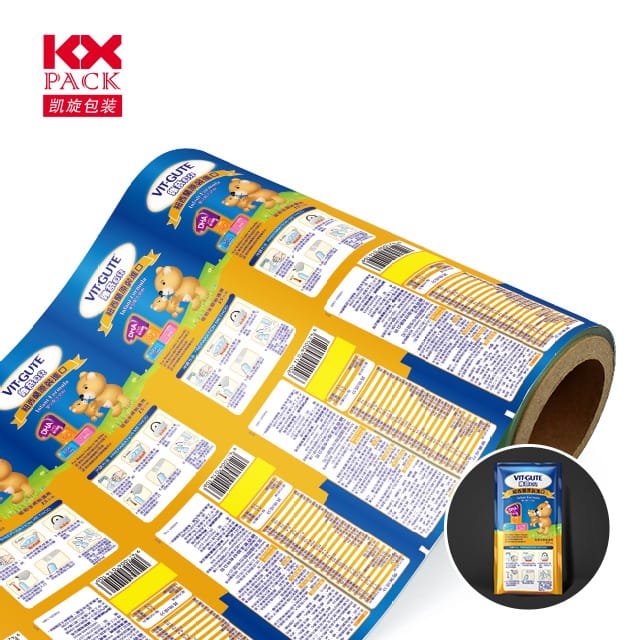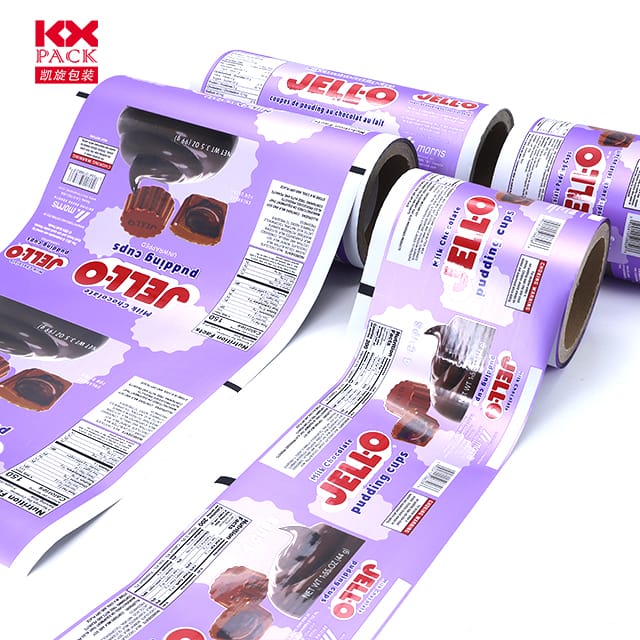คำแนะนำที่ดีที่สุดในการถ่ายทำการเคลือบ: เพิ่มความทนทานและความสวยงามในทุกอุตสาหกรรม
ฟิล์มเคลือบ
Film lamination is a versatile process that involves applying a thin, ชั้นป้องกัน-พลาสติกหรือพอลิเมอร์โดยทั่วไปเพื่อพื้นผิวเช่นกระดาษ, กระดาษแข็ง, ผ้า, หรือแม้แต่โลหะ. เทคนิคนี้ใช้กันอย่างแพร่หลายในอุตสาหกรรม, ตั้งแต่บรรจุภัณฑ์และการพิมพ์ไปจนถึงอุปกรณ์อิเล็กทรอนิกส์และยานยนต์, เพื่อปรับปรุงความทนทาน, ความสวยงาม, และฟังก์ชั่น. มาสำรวจว่าฟิล์มลามิเนตทำงานอย่างไร, its key benefits, and why it’s a game-changer for businesses and creators alike.
การเคลือบฟิล์มคืออะไร?
Film lamination is the process of bonding a transparent or colored film onto a substrate (base material) using heat, ความดัน, or adhesive. ผล? A reinforced, visually appealing surface that resists wear, น้ำตา, and environmental damage. ภาพยนตร์ลามิเนตประเภททั่วไปรวมถึง:
- โพลีโพรพีลีน (PP): Lightweight and flexible, ideal for food packaging and labels.
- โพลีเอสเตอร์ (สัตว์เลี้ยง): Highly durable and heat-resistant, used in industrial applications.
- พีวีซี (Vinyl): Offers a glossy or matte finish, popular for signage and displays.
- ภาพยนตร์ที่ย่อยสลายได้ทางชีวภาพ: Eco-friendly alternatives made from plant-based materials.
How Does Film Lamination Work?
The process typically involves these steps:
- Surface Preparation: The substrate is cleaned to ensure proper adhesion.
- Film Application: The laminating film is placed over the substrate, either manually or via automated machinery.
- Bonding: Heat, ความดัน, or adhesive activates the bond between the film and substrate.
- Thermal lamination uses heat to melt the adhesive layer on the film.
- Cold lamination relies on pressure-sensitive adhesives for heat-sensitive materials.
- Trimming: Excess film is cut away, leaving a seamless finish.
Key Benefits of Film Lamination
- เพิ่มความทนทาน:
- Protects against moisture, รังสียูวี, สารเคมี, และรอยขีดข่วน, extending the lifespan of products.
- Ideal for outdoor signage, บัตรประจำตัว, and packaging exposed to rough handling.
- Improved Aesthetics:
- Adds a glossy, ด้าน, or textured finish to elevate visual appeal.
- Prevents fading, smudging, or creasing, ensuring vibrant colors and sharp text.
- ความปลอดภัยและสุขอนามัย:
- Creates a barrier against bacteria and contaminants, crucial for food packaging and medical supplies.
- Some films are FDA-approved for direct food contact.
- ความคุ้มค่า:
- Reduces the need for frequent replacements, saving money long-term.
- Lightweight films minimize shipping costs compared to bulkier protective coatings.
Applications of Film Lamination Across Industries
- บรรจุภัณฑ์:
- Food containers, pharmaceutical blisters, and luxury product boxes use laminated films for protection and branding.
- Printing and Publishing:
- Business cards, brochures, and magazines are laminated to resist spills and tears.
- อิเล็กทรอนิกส์:
- Touchscreens, display panels, and circuit boards rely on laminated films for insulation and scratch resistance.
- เกี่ยวกับยานยนต์:
- Interior trim, dashboard components, and window films use lamination for heat rejection and aesthetic upgrades.
- Fashion and Textiles:
- Waterproof laminates on jackets, กระเป๋า, and shoes combine style with functionality.
Choosing the Right Film Lamination for Your Project
- Material Compatibility:
- Ensure the film adheres well to your substrate (เช่น, PET works best with smooth surfaces).
- Finish Type:
- Glossy films enhance color vibrancy, while matte finishes reduce glare and fingerprints.
- Environmental Factors:
- Opt for UV-resistant films for outdoor use or anti-microbial coatings for healthcare settings.
- ความยั่งยืน:
- Look for recyclable or compostable films to align with eco-conscious goals.
Trends in Film Lamination
- Smart Laminates: Films with embedded sensors or RFID technology for tracking and authentication.
- การเคลือบนาโน: Ultra-thin layers that repel water, oil, and dirt at a microscopic level.
- Customizable Textures: From soft-touch to embossed finishes, catering to luxury markets.
บทสรุป
Film lamination is a powerful tool for businesses and creatives seeking to protect and elevate their products. Whether you’re designing eye-catching packaging, durable signage, or high-tech electronics, the right laminating film can make all the difference. By understanding the process, ประโยชน์, และแอปพลิเคชัน, you can unlock new possibilities for innovation and quality.
Ready to explore film lamination for your next project? Share your questions or experiences in the comments below—we’d love to hear from you! 📦✨







